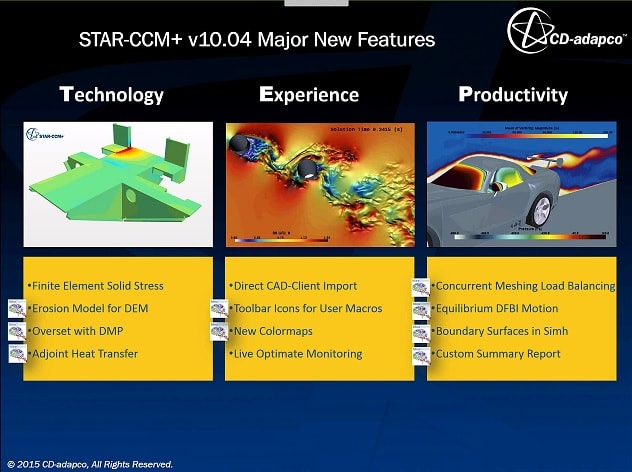sensij1
Industrial
- Mar 5, 2013
- 20
The question in general is:
When using a PPR to provide feedback to a VFD, is there a maximum value above which higher PPR can actually hurt?
I understand that a higher frequency signal may be more prone to error than a lower frequency signal, so that is one aspect to consider. In this specific case, I'm using an ABB ACS850 drive in DTC, with a FEN-31 encoder module that drives a 15 V signal and can process up to 300 kHz, according to the data sheet.
A 10000 PPR encoder will generate a 292 kHz signal at max speed, and the cost relative to a "standard" 1024 PPR encoder is insignificant. The motor is turning a 100:1 speed reducer, which is driving the master speed roll for a forming mill. Speed fluctuations in the drive may translate to tension fluctuations in the mill, although I would guess that the reducer substantially dampens the response. I would also imagine that at some point, the speed reference filter in the VFD (currently set at 8 ms) and the speed controller PI settings may become more important than encoder counts, but I'm not sure at what point that is.
I currently have a 600 PPR encoder installed, and the speed control difference with and without it (using the DTC speed estimate instead) is observable. The encoder cable is about 8 ft long, twisted pairs for differential A/A' and B/B' signals, with an overall shield grounded at the VFD. I've just sent an inquiry into ABB, but thought I would ask here as well for some real-world feedback.




